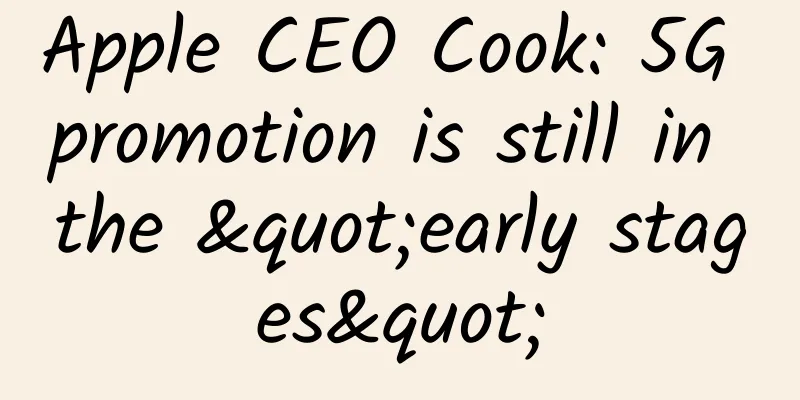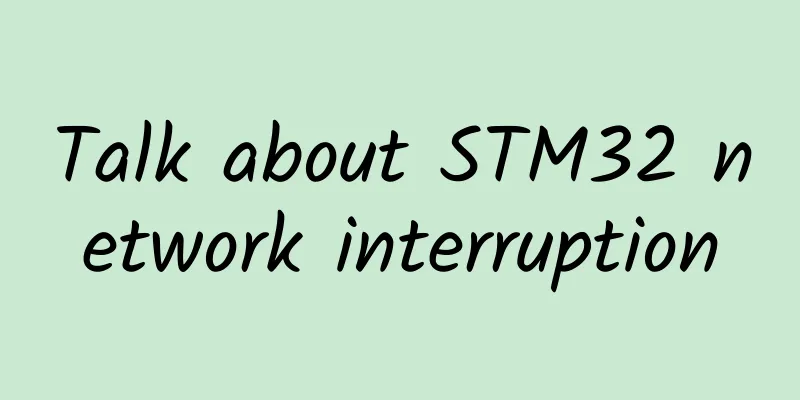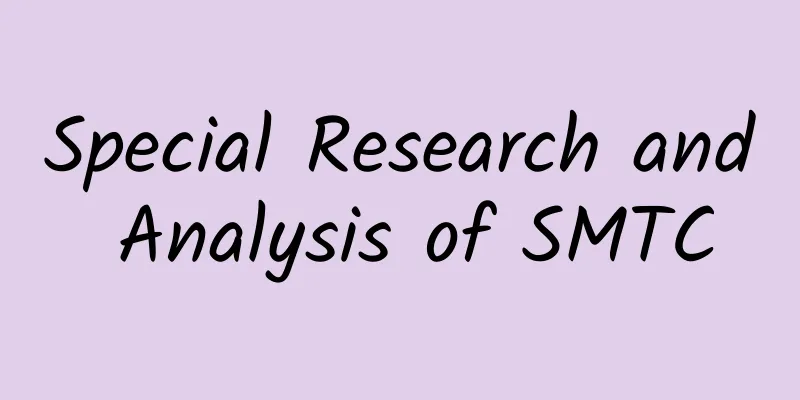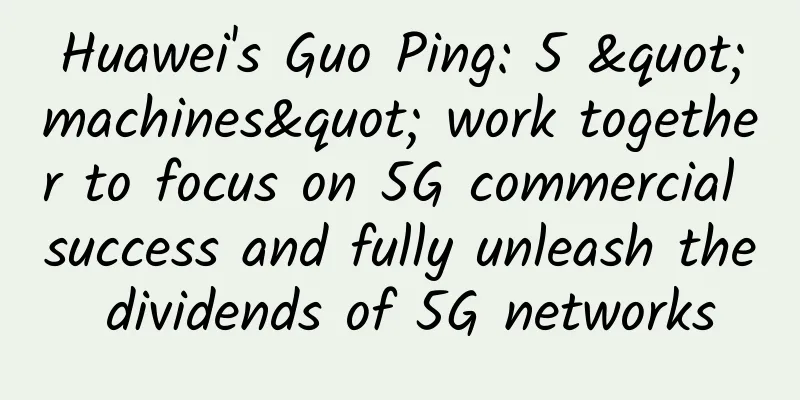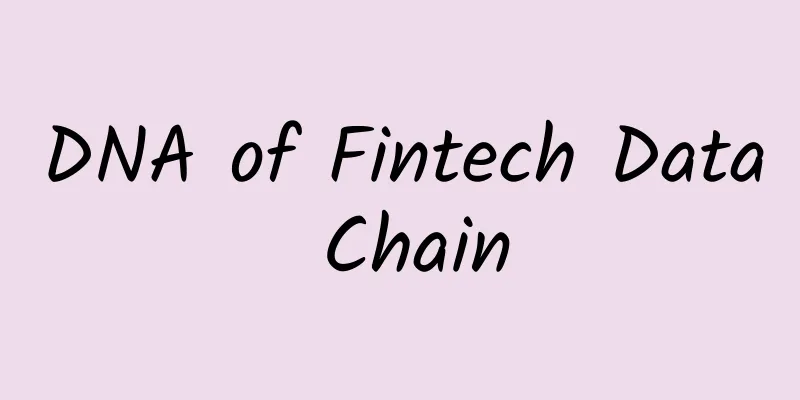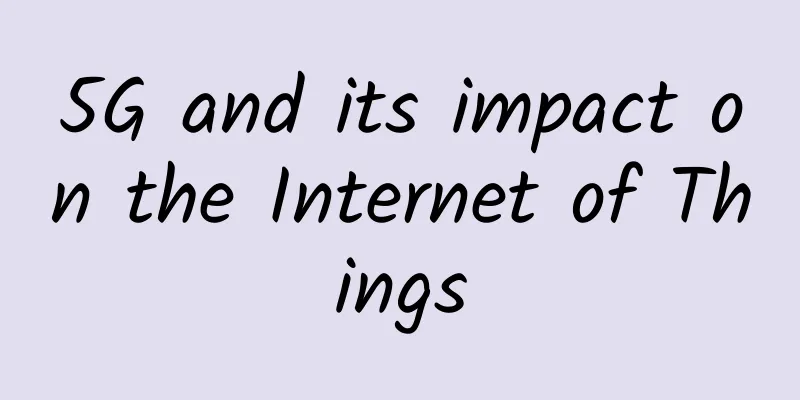5G messaging has become a hot topic, but it still needs to overcome two obstacles to become bigger and stronger

|
On April 8, 2020, the three major operators jointly launched the "5G Message White Paper" for the first time. The concept of 5G messages began to be known to the public and quickly became the vane of SMS services in the 5G era. As an important part of the 5G ecosystem and digital economy, 5G messages carry the important mission of transforming and upgrading traditional SMS services. At the "5G Message Ecological Development Forum" held recently, Li Beilin, deputy secretary-general of the China Communications Enterprise Association, said that the General Office of the State Council recently issued the "Opinions on Leading the Accelerated Development of New Consumption with New Business Forms and New Models", and 5G messages just fit the spirit of the central document. 5G messages will bring a new application experience to users, and will also bring new vitality to the business of telecom operators and bring profound changes to the service concept. With the strong promotion of all parties, this business will achieve rapid development this year. New business model! 5G messaging becomes the industry's hot spot "As the inheritance and development of classic messaging services, the standard construction, testing and verification, application development, and terminal support of 5G messaging are currently being carried out in an orderly manner," said Fu Guoqiang, an expert at the Institute of Technology and Standards at the China Academy of Information and Communications Technology. Why develop 5G messaging? Fu Guoqiang said that the development of 5G messaging is an important measure to comply with national requirements, operator needs, and industry needs. First of all, it is the national requirement to promote the deep integration of 5G rich media messaging and network media. 5G messaging will go beyond the scope of short message services and provide more services; secondly, it is the needs of operators. From the current development situation, the personal messaging market is declining, and the industry messaging market is growing. The driving force of messaging services has changed from personal promotion to industry promotion; finally, it is the industry demand. At present, for the industry, the installation cost of some apps is particularly high, but the interaction frequency is low. Therefore, the industry needs a messaging service that does not require app installation and can be pushed to users in the form of rich media. At present, the industrial ecology of 5G messages has been initially formed, but in order to rapidly expand the scale of the 5G message industry and seize the opportunities in 5G development, it is also necessary for the industrial chain to work together to establish a symbiotic and win-win cooperation model to promote the prosperity of the 5G message industry. From the perspective of operators, 5G messages are industry channels and innovation platforms that fully empower all walks of life with the operators' AICDE capabilities. At present, the three major operators have reached a consensus to jointly promote the rapid development of 5G messages with "unified technical standards", "unified business presentation" and "unified functional experience" as the core. "In the next decade, 5G messaging in the To B field will become a new growth point for the digital economy." Du Chengxin, general manager of the 5G messaging operations department of China Telecom's value-added center, said that due to the high authentication, interaction and security of 5G messaging, which can meet the needs of B2C closed-loop business, the industry believes that 5G messaging may become the largest AI intelligent application field, the most convenient intelligent search service and the richest digital consumption platform. China Telecom hopes to work together with global operators and ecological partners to build 5G messaging services into a universal telecommunications service that is supported by every terminal and available to every user. Wu Huazhi, deputy general manager of the Converged Communications Division of China Mobile Internet Co., Ltd., said: "5G messaging services involve the upstream and downstream of the industry chain. In order to coordinate development, it is proposed that operators jointly establish an industry alliance with terminal manufacturers, platform providers, brand providers and other partners." In his view, 5G messaging, as an information infrastructure, will break the information gap, help thousands of industries to be informatized, and create a trillion-level market value. 5G messaging is one of the first 5G applications implemented by China Mobile's 5G+ strategy, and will form an AaaS-level service (capability as a service) with "5G messaging + number + card". In the view of Hu Bo, director of the Terminal Business Research Office of China Unicom Research Institute, the prosperous development of 5G messaging is inseparable from the cooperation of upstream and downstream of the industrial chain. "China Unicom drives innovation with digital transformation, and hopes to work with strategic partners to leverage resource advantages, complete high-quality supply and demand docking, and build a 5G messaging ecosystem together." Hu Bo said. He introduced that China Unicom has carried out commercial experiments in the early stage, based on the opening of 5G messaging capabilities, to enable important scenarios. For example, it has built a three-in-one messaging platform for the 2022 Winter Olympics, exploring multiple 5G messaging application business scenarios such as tourism, shopping, ticketing, dining, and travel. Enterprises in the industry chain are also working hard to promote the construction of 5G messages. "ZTE is not only a platform provider, we are also committed to promoting the development of the entire 5G message industry chain." Wang Quan, vice president of ZTE Telecom Cloud and Core Network Product Line, said. In terms of terminal popularization, ZTE AXON 11 5G is one of the first terminals to support China Mobile's 5G messaging function, and the newly released AXON 20 and other series of terminals will also be upgraded to support it. In terms of promoting industrial upgrading, ZTE actively expands the 5G message ecosystem and cooperates extensively with outstanding partners in the industry. It has cooperated with more than 100 5G message service providers, covering nine major industries including finance, catering, industry, e-commerce, tourism, government affairs, transportation, media information, and medical care, covering nearly 200 industry companies. As a GSMA member and a 5G messaging expert, Xiaoyuan Technology has invested heavily in RCS technology research and development since 2017. It has the RCS protocol stack open source, SDK and other underlying technology development and Chatbot design, development and operation implementation capabilities. "Compared with other messaging forms on the market, the advantages of 5G messaging will gradually emerge, and will also be more reflected in the richness of content, full network reach, interactive conversations, security, and personalized docking and customization capabilities. With the maturity of 5G technology, in the future, 5G messaging will not only push messages, but also targeted services, and even ubiquitous services." Xiaoyuan Technology CTO Jiang Jun said. Great development! Facing dual challenges of compliance and industry "In view of the steady advancement of 2C business in my country's 5G applications, 2B and 2G businesses are still in the early stages of development and there is no ready-made experience to follow. Therefore, the development of 5G messages needs to be objective and rational, and the industrial chain needs to maintain its focus and proceed steadily to achieve the successful commercialization of 5G message services." Fu Guoqiang pointed out that at present, the development of 5G messages faces two challenges, one is the compliance issue and the other is the industry issue. The first is the issue of compliance. First, we need to consider the governance of spam messages. In this regard, Du Chengxin proposed that in the 5G message era, users' active acquisition of interaction and the upgrade of service push will greatly reduce the harassment of spam text messages. At the same time, the experts at the meeting suggested that on the one hand, supervision can be carried out from the two perspectives of security review and building an operation scoring management system; on the other hand, government agencies can use the real-name authentication mechanism to ensure that 5G messages are credible, reliable, manageable and controllable. Second, 5G messages provide a set of service capabilities for multimedia messages, which poses new challenges to the traditional keyword-based filtering methods of operators. Third, the architecture of my country's enterprise 5G message systems is diverse, including the converged message center model of China Mobile and the international standard model of China Unicom. However, while the industry is open, it also brings some network security issues, which should be taken seriously. Fourth, my country's 5G messages support WLAN structure, and WLAN access can save traffic while easily causing a decline in service quality. The second is the industry issue. First, the support of terminal enterprises for 5G messaging services needs to be strengthened. The industry needs to study the cooperative relationship between terminals and operators, including the way of dividing benefits. Second, most of the current research and deployment work is carried out within operators and platform providers, lacking interaction with a wide range of market players, making it difficult to stimulate market participation. Third, the development costs of small and medium-sized developers remain high and face great uncertainty. "Small and medium-sized enterprises and small and medium-sized developers are the most important part of building a 5G messaging ecosystem. Getting terminal enterprises involved and developing richer applications is the key to enriching the ecosystem," said Fu Guoqiang. The widespread popularity of 5G messages not only brings a new information consumption experience to mobile phone users, but also brings new development opportunities to the industry. It can be foreseen that the implementation of this new information service product will trigger a "catfish effect" and bring more vitality to the existing information service ecosystem. |
>>: Cartoon | IPv6 makes every grain of sand under your feet unique
Recommend
New IT Navigation: SDN shifts from technology-driven to application-driven
The energy of digital technologies represented by...
Alibaba Cloud Server Special Offer, Personal Cloud Server as low as 0.95% off, annual payment starting from 96 yuan
Various promotional activities are being carried ...
Master traffic suppression and storm control to take your business to the next level
1. Traffic Suppression 1. Overview Problems in th...
Let’s talk about the privacy and security of 5G technology
On March 17, 2022, the European Parliament's ...
5G reveals three aspects of value in eliminating educational anxiety and chronic diseases
Education is a national priority, and it is vital...
iWebFusion: US servers start at $49/month, high-end servers start at $219/month (Dual E5-2699v4/384G/1T NVMe/25TB)
iWebFusion (also known as iWFHosting) is a subsid...
Byte side: Can TCP and UDP use the same port number?
Hello, everyone, I am amazing. Today I saw an int...
Can't connect to Wi-Fi? Tsinghua University has developed the "ultimate solution"
While Wi-Fi is one of the greatest inventions of ...
It’s finally here! The first 5G international standard is officially completed and frozen
Recently, the formulation of 5G (fifth-generation...
The important thing in wireless in 2020 may not be 5G
With all the hype and anticipation surrounding 5G...
Sharktech: High-security VPS with 50% off annual payment starting at $47.7/year - 2GB/40GB/4TB/Los Angeles & Denver multiple data centers
Sharktech is offering a 25% discount on quarterly...
How network segmentation strategies work with SD-WAN
Software-defined WANs (SD-WANs) have sparked a re...
From January to May, my country's telecommunications business revenue totaled 612.7 billion yuan, a year-on-year increase of 6.7%.
[[407105]] On June 23, according to the "Eco...
5G commercialization two years review: Operators spent 175.7 billion yuan last year and have built the world's largest 5G mobile network
"As of the end of February 2021, a total of ...
[6.18] TmhHost: 20% off on CN2 GIA/high-defense cloud servers in Hong Kong/Japan/USA, starting at 35 yuan per month for CN2 in Japan
TmhHost is a Chinese hosting company founded in 2...

